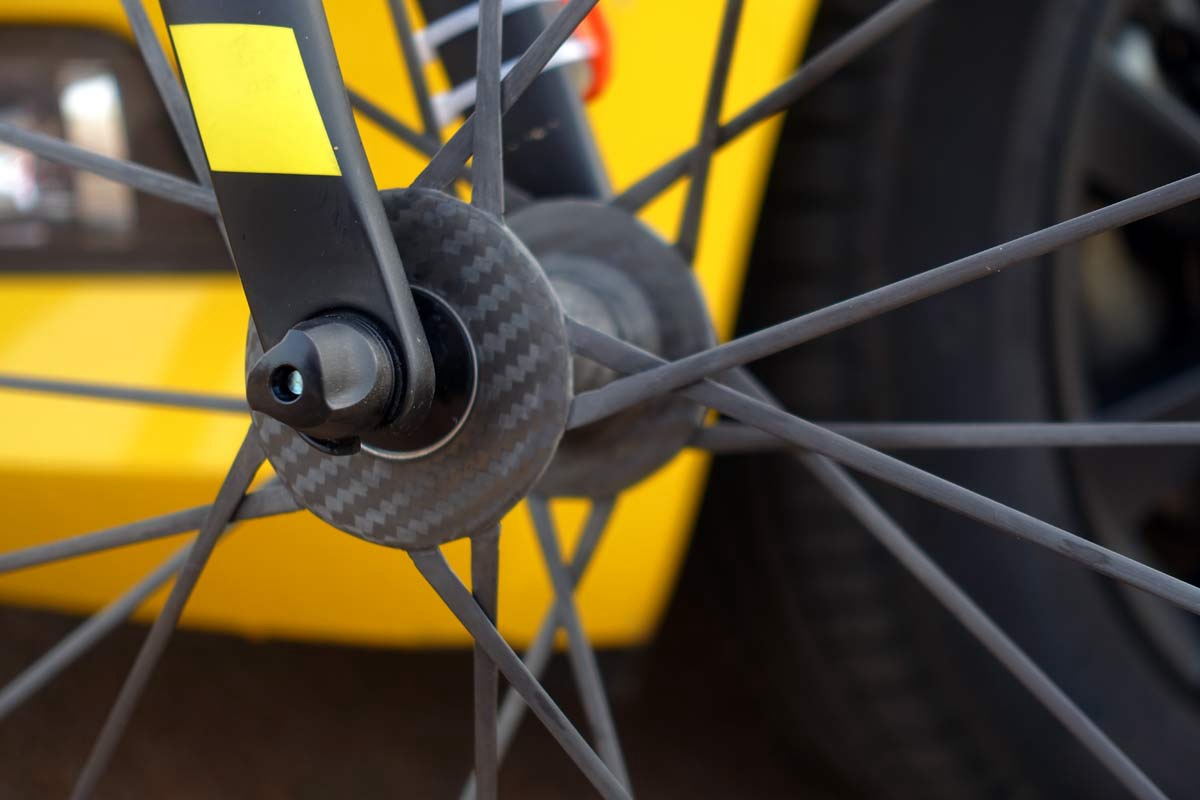Ultimate Guide to Pet Turtle Tanks: Create the Perfect Habitat for Your Shelled Friends
Guide or Summary:Choosing the Right Size for Your Pet Turtle TanksTypes of Pet Turtle TanksEssential Features of Pet Turtle TanksMaintaining Your Pet Turtle……
Guide or Summary:
- Choosing the Right Size for Your Pet Turtle Tanks
- Types of Pet Turtle Tanks
- Essential Features of Pet Turtle Tanks
- Maintaining Your Pet Turtle Tanks
When it comes to caring for your beloved pet turtles, one of the most crucial aspects is providing them with the right environment. This is where pet turtle tanks come into play. A well-designed turtle tank not only ensures the health and happiness of your pet but also enhances the aesthetic appeal of your living space. In this guide, we will explore everything you need to know about pet turtle tanks, from choosing the right size and type to maintaining a clean and safe habitat.
Choosing the Right Size for Your Pet Turtle Tanks
The size of your pet turtle tank is one of the most important factors to consider. Turtles require ample space to swim, bask, and explore. A general rule of thumb is to provide at least 10 gallons of water per inch of turtle shell length. For instance, if you have a 4-inch turtle, you should have a tank that holds at least 40 gallons of water. Larger tanks are always better as they provide more room for your turtle to thrive. Additionally, larger tanks are easier to maintain in terms of water quality, which is vital for your turtle's health.
Types of Pet Turtle Tanks
There are several types of pet turtle tanks available on the market, each with its unique features and benefits. The most common types include:
1. **Glass Tanks**: These are the most popular choice for pet turtle owners. Glass tanks are durable, easy to clean, and provide a clear view of your turtles. They come in various sizes and shapes, allowing you to choose one that fits your space perfectly.

2. **Plastic Tanks**: Lightweight and often more affordable than glass tanks, plastic tanks can be a good option for smaller turtles. However, they may scratch easily and can be less aesthetically pleasing.
3. **Aquatic Turtle Tanks**: Specifically designed for aquatic turtles, these tanks often come with built-in filtration systems and basking areas. They provide an ideal environment for your turtles to swim and bask comfortably.
4. **Custom-Built Tanks**: If you have specific requirements or want a unique design, consider a custom-built tank. This option allows you to tailor the size, shape, and features to suit your turtles' needs.
Essential Features of Pet Turtle Tanks
When setting up your pet turtle tank, there are several essential features to include:

1. **Water Filtration System**: Turtles produce a significant amount of waste, making a reliable filtration system crucial for maintaining clean water. Invest in a high-quality filter that can handle the size of your tank.
2. **Basking Area**: Turtles need a warm, dry place to bask. Create a basking area using a flat rock or a commercial basking platform. Ensure it is positioned under a heat lamp to provide the necessary warmth.
3. **Heating and Lighting**: Proper heating and lighting are vital for your turtle's health. Use a UVB light to help your turtle synthesize vitamin D3, which is essential for calcium absorption. Additionally, a heat lamp will help maintain the appropriate temperature in the basking area.
4. **Substrate**: Choose a suitable substrate for the bottom of your tank. Options include sand, gravel, or no substrate at all. Avoid using small gravel that your turtle could accidentally ingest.

Maintaining Your Pet Turtle Tanks
Regular maintenance is key to keeping your pet turtle tank in optimal condition. Perform weekly water changes to keep the water clean and free from harmful bacteria. Monitor the water temperature and pH levels regularly to ensure they remain within the ideal range for your turtle species. Additionally, clean the tank and decorations regularly to prevent algae buildup and maintain a healthy environment.
In conclusion, selecting the right pet turtle tank is essential for the well-being of your shelled companions. By understanding the various types, features, and maintenance requirements, you can create a thriving habitat that will keep your turtles happy and healthy for years to come. Investing time and effort into setting up and maintaining your pet turtle tanks will pay off in the form of a vibrant and active pet that brings joy to your life.